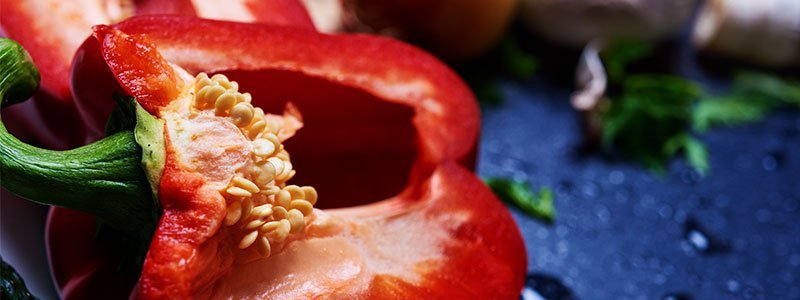Poison Ivy
Other Names
Bois de Chien, Herbe à la Puce, Herbe à Puce, Hiedra Venenosa, Markweed, Poison Vine, Rhus radicans, Rhus Tox, Rhus toxicodendron, Sumac Grimpant, Sumac Vénéneux, Three-Leafed Ivy, Toxicodendron pubescens, Toxicodendron quercifolium, Toxicodendron radicans, Toxicodendron toxicarium.
Poison ivy is a plant. Most people remember poison ivy as a plant that can cause a serious, long-lasting rash, if touched. The leaves are used to make medicine.
Poison ivy is used to treat pain.
How does it work?
Poison ivy is a severe skin irritant that stimulates the immune system. Re-exposure leads to allergic reactions.
Insufficient Evidence to Rate Effectiveness for...
- Pain.
- Other conditions.
Natural Medicines Comprehensive Database rates effectiveness based on scientific evidence according to the following scale: Effective, Likely Effective, Possibly Effective, Possibly Ineffective, Likely Ineffective, and Insufficient Evidence to Rate (detailed description of each of the ratings).
Poison ivy is LIKELY UNSAFE when taken by mouth or touched. Chemicals in poison ivy can cause an allergic reaction with widespread symptoms. When taken by mouth, poison ivy can cause severe irritation of the mouth, throat, and lining of the stomach and intestines; nausea; vomiting; colic; diarrhea; dizziness; blood in the urine; fever; and coma.
Skin contact can cause redness, swelling, blisters, severe skin destruction, swelling of the eye (cornea), or loss of sight. To prevent poison ivy from causing skin irritation, wash exposed area with water within 5 to 10 minutes of contact. Use soap and water first, then ether or alcohol.
Inhaling smoke from the burning plant can result in fever, lung infection, and death due to swelling of the throat.

QUESTION
Next to red peppers, you can get the most vitamin C from ________________. See Answer Pregnancy and breast-feeding: Poison ivy is LIKELY UNSAFE to take by mouth or touch. Avoid it.The appropriate dose of poison ivy depends on several factors such as the user's age, health, and several other conditions. At this time there is not enough scientific information to determine an appropriate range of doses for poison ivy. Keep in mind that natural products are not always necessarily safe and dosages can be important. Be sure to follow relevant directions on product labels and consult your pharmacist or physician or other healthcare professional before using.

